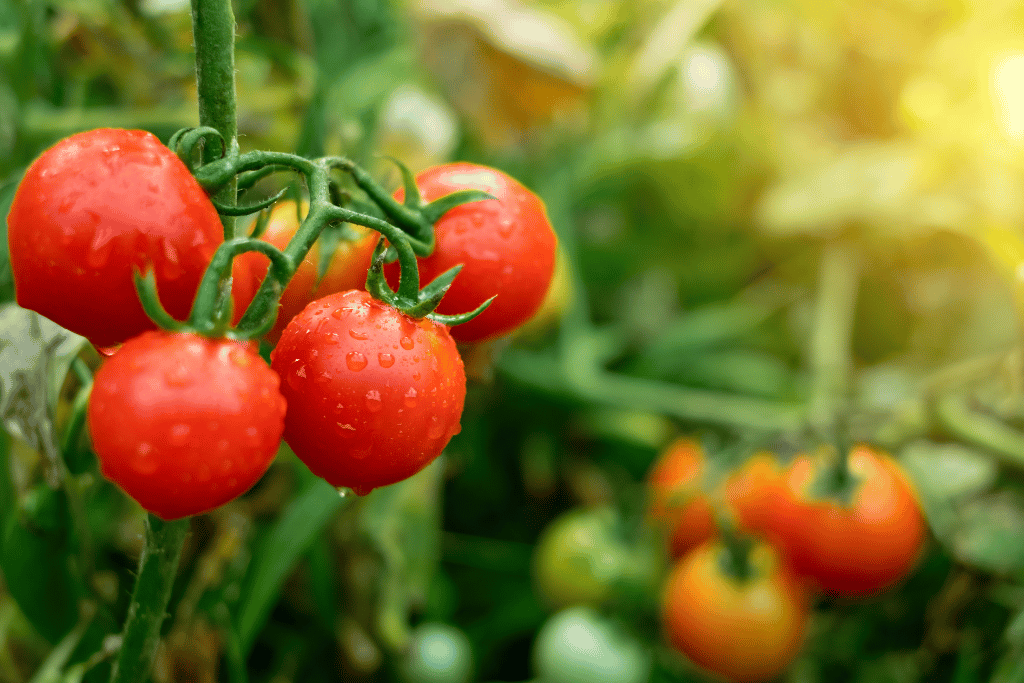
Tomatoes (Solanum lycopersicum) are a wonderfully versatile fruit. From petite cherry tomatoes in a fresh garden salad to thick beefsteak tomatoes perfect for stuffing, the many varieties of this adaptable and nutritious fruit forms the base of culinary dishes all around the world. Personally, I love San Marzano tomatoes, a plum tomato variety traditionally grown in Italy, for their dense flesh resulting in a thick and rich homemade tomato sauce.
It is interesting to note that there are several types of fruit in the plant world that bear a striking resemblance to tomatoes. Some of these are suitable replacements in cooking if you don’t enjoy tomatoes, and others are similar only in appearance, offering a very different flavor profile. Some of these look-alike fruits are closely related to tomatoes genetically, explaining the similarities. Meanwhile, the resemblance of other species, including some berries, may be quite surprising.
Whether you are looking for a tomato substitute that is similar in looks with a different taste or looking to reinvent a classic tomato dish with an unexpected fruit and a unique flavor, the guide below will help you discover a wide variety of options.
Yellow Or Orange Fruit That Looks Like A Tomato
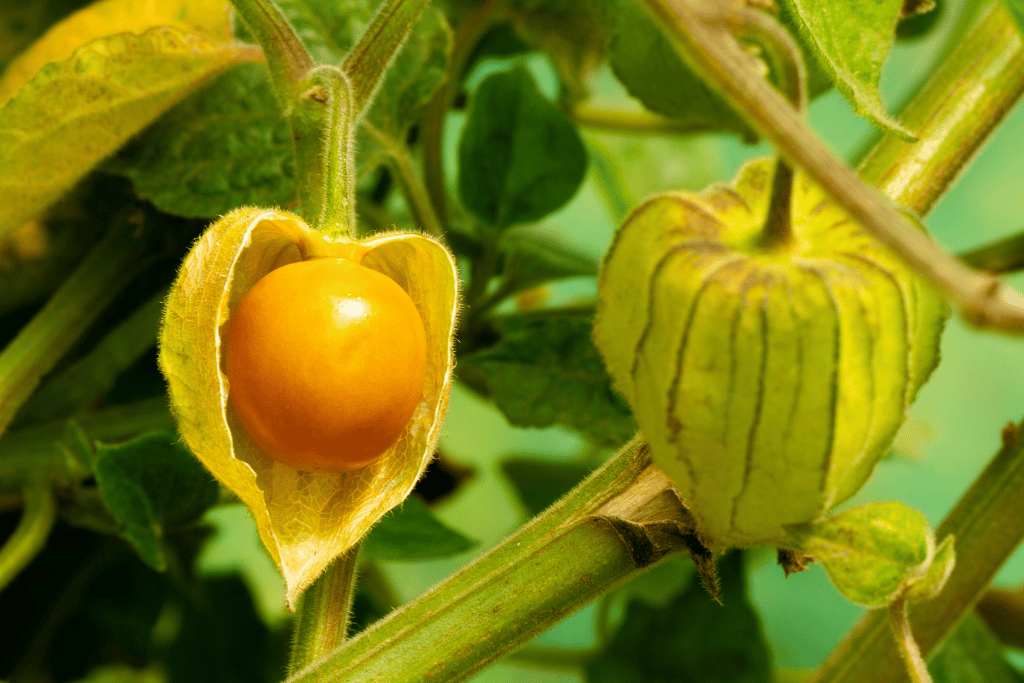
Ground Cherry (Physalis pruinosa)
Once, on a visit to my parent’s garden at my family farm, I was surprised to see one such tomato-lookalike growing on a strange-looking plant. Ground cherry is a small yellow fruit that looks like a cherry tomato, although I find the tangy taste to be quite different, almost like a pineapple. These small, round fruits grow on a sprawling vine and are encased in a papery husk that is removed before eating.
This small fruit is also quite versatile, like tomatoes, but is often used in sweeter recipes like cakes, pies, jams, and chutneys. They are also a good source of vitamin C, potassium, and fiber.
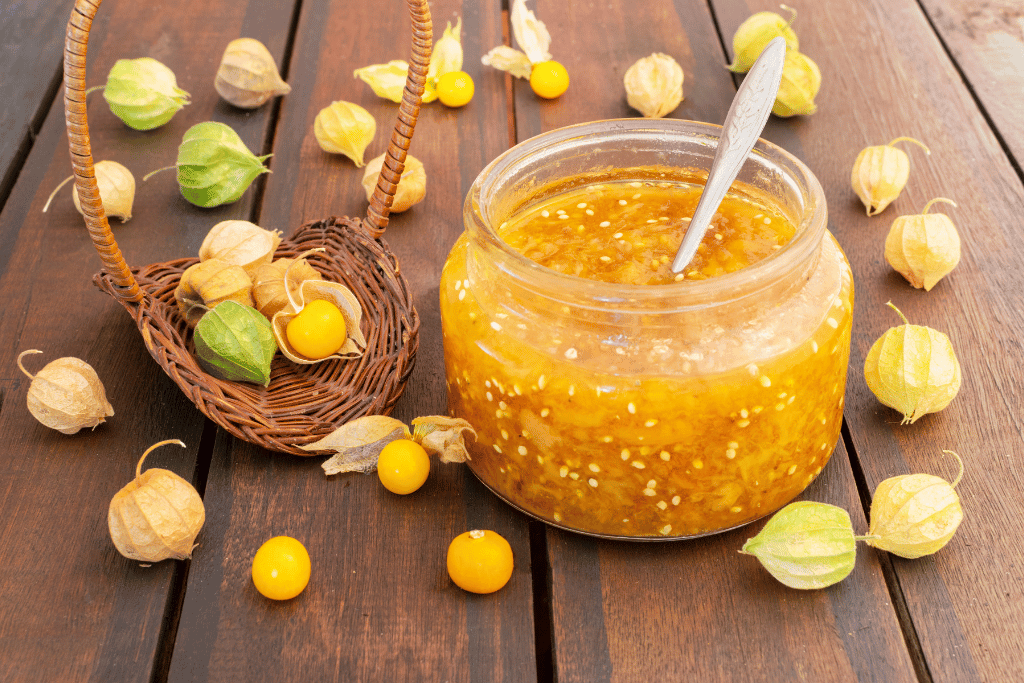
Persimmon (Diospyros virginiana)
The persimmon is a fruit that looks like a tomato but is sweet rather than savory or tart, sometimes described as having the sweetness of honey. Persimmon skin is also quite thick compared to the thin skin of tomatoes, and the flesh is dense rather than watery.
This fruit is often divided into two varieties, astringent and non-astringent. Astringent persimmons have high tannin levels (a naturally occurring compound that causes things to taste bitter) and so are considered inedible until soft and mushy. If you plan on cooking with this species, make sure you know how to tell if persimmon is ripe and ready to eat! Non-astringent persimmons, on the other hand, have much lower levels of tannins and so can be eaten when they are still firm and crisp.
All persimmons have high levels of vitamins A and C, as well as fiber and antioxidants, making them a great addition to your diet. Also quite versatile, these fruits can be used in both sweet and savory dishes and can be eaten fresh, dried, or cooked. If you try persimmon and like the taste, be sure to save the seeds so you can plant your own persimmon from seed.
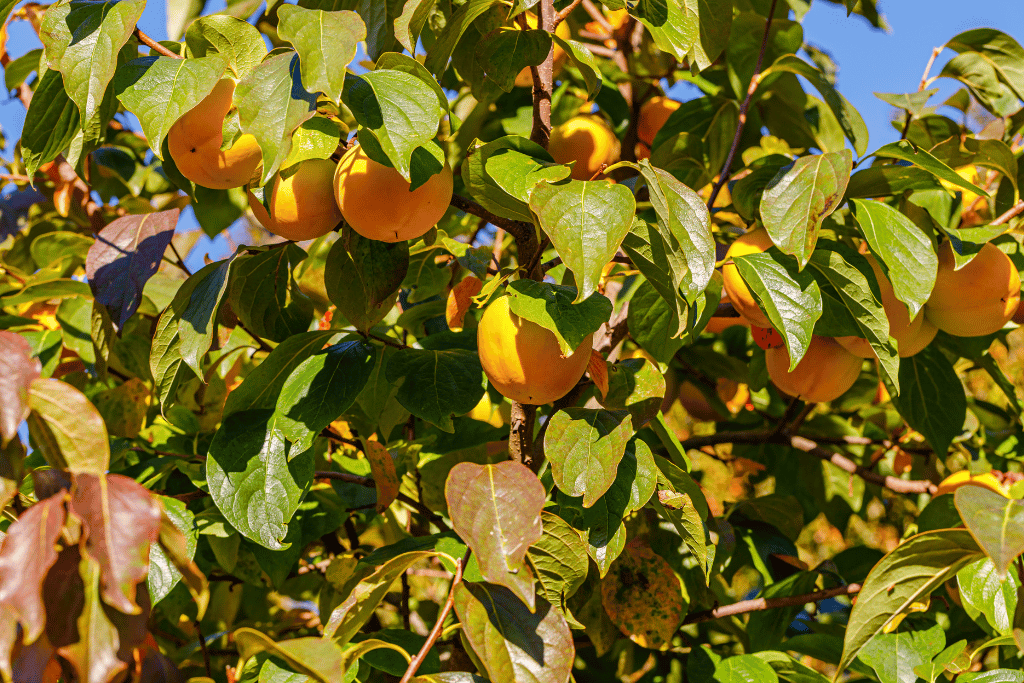
Sharon Fruit (Diospyros kaki)
Sharon fruit is often used interchangeably with persimmon, sometimes called kaki or “Chinese persimmon, ” but is a separate species. Sharon fruit is typically flattened in shape with yellow or orange skin when ripe. The flesh is dense with a texture between a mango and peach, making it less watery than most tomato varieties. Like other persimmon species, sharon fruit is quite sweet and more commonly used in dessert dishes rather than savory ones.
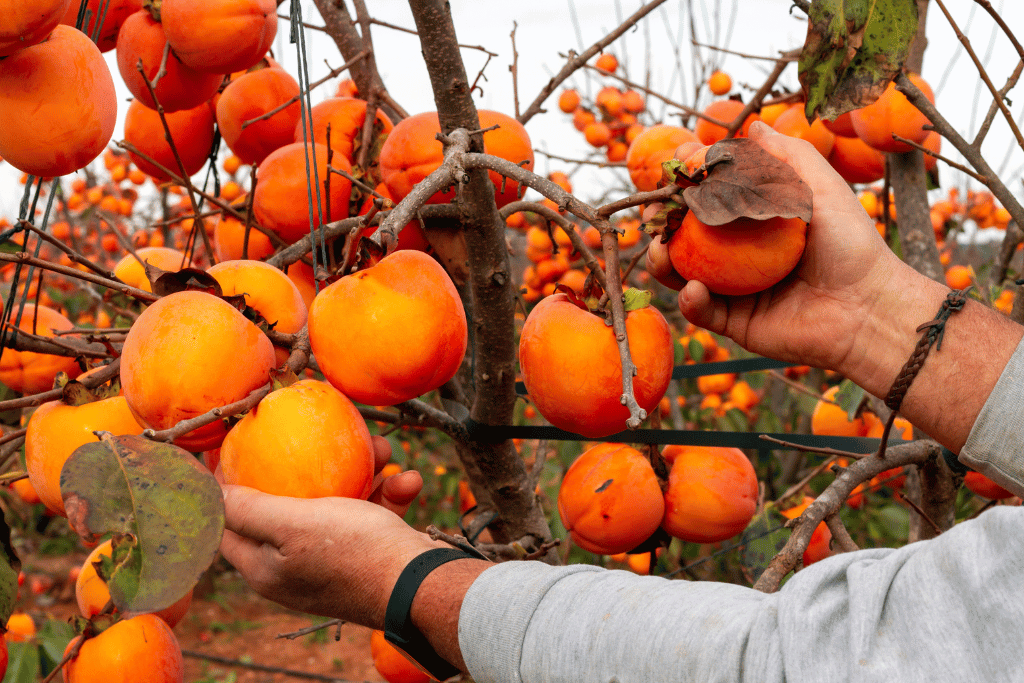
Pepino (Solanum muricatum)
Pepino melons are a small fruit native to South America and is also called pepino dulce, meaning “sweet cucumber” in Spanish. The fruit is oblong or egg-shaped, similar to a grape tomato, but the skin is yellowish with dark purple stripes, making it quite distinct. Pepino melons feel like a combination of many fruits you may be familiar with, having a texture similar to a pear or cantaloupe, while the flavor is closer to a melon or cucumber. They are often eaten fresh and enjoyed in fruit salads, on top of yogurt, or in smoothies, making them culinarily quite different from the classic tomato.
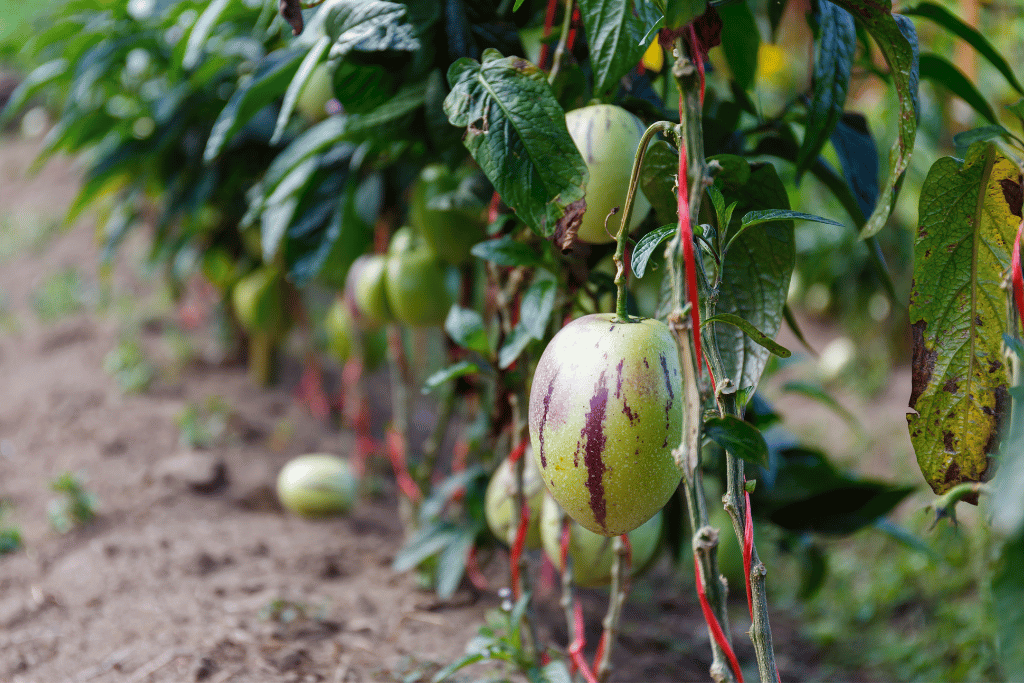
Red Fruit That Looks Like A Tomato
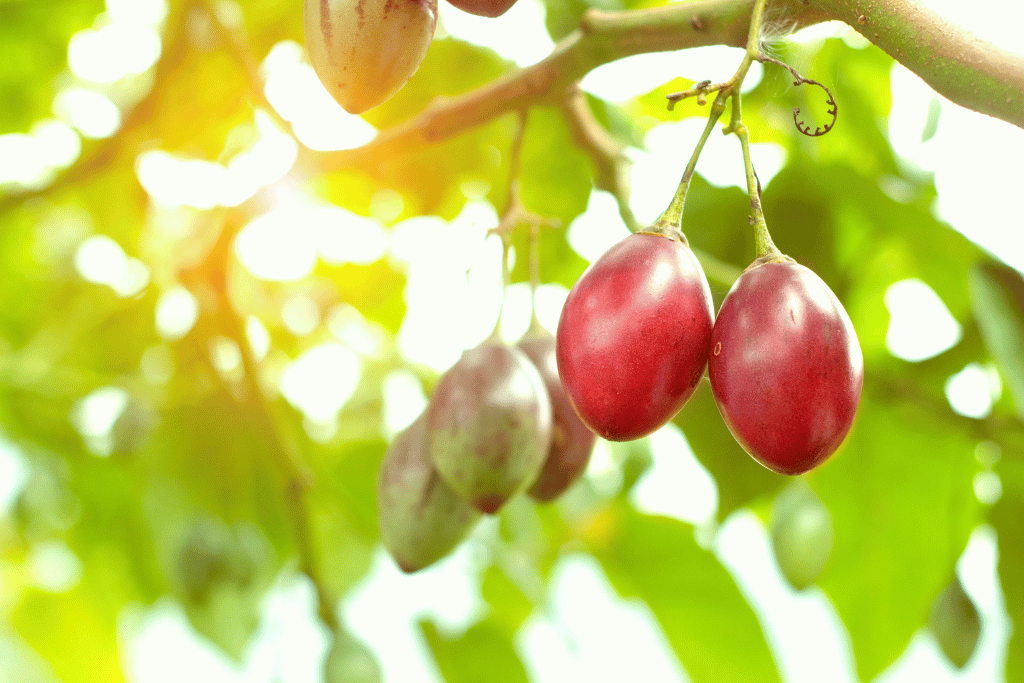
Tamarillo (Solanum betaceum)
If you come across a tree with red fruit that looks like a tomato, you likely have found a tamarillo! Also called the tree tomato, this species is native to South America but is now grown in many parts of the world as a popular crop. A true tree, the tamarillo can reach up to 16-20 feet high but is often pruned shorter to make harvesting the fruit easy.
The fruit is oval or egg-shaped and often red, although it can also be yellow or purplish in color. The sweet-tart flavor is often compared to a tomato, making it a possible substitute in a variety of tomato-based dishes. Unlike tomatoes, the tamarillo is suitable for sweet dishes as well as savory ones, like jams and desserts like pavlova.
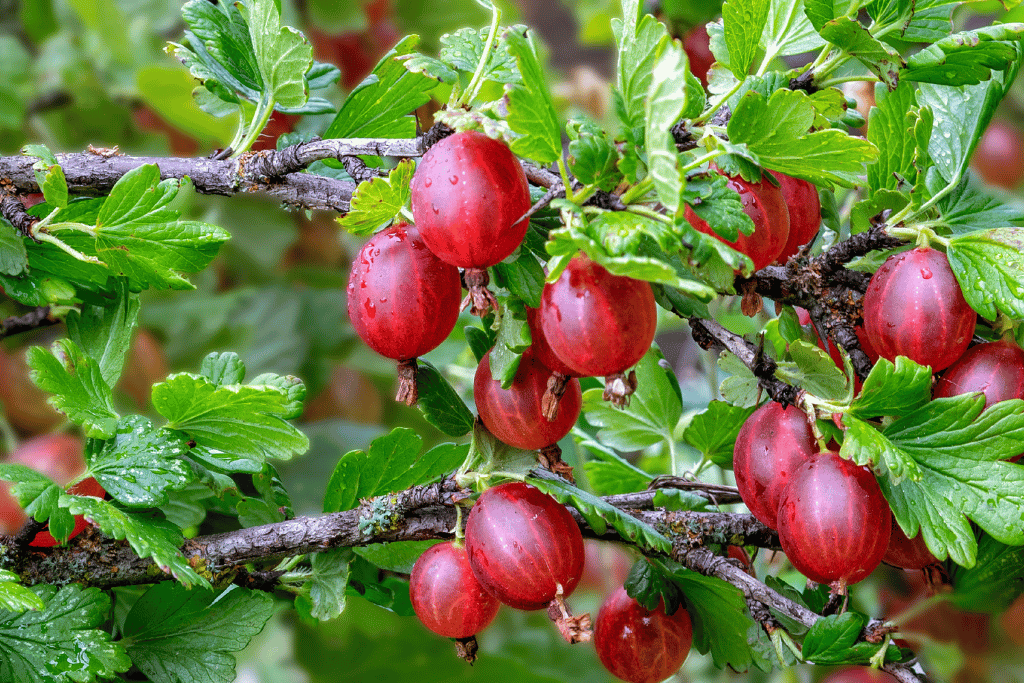
Gooseberry (Ribes sp.)
Gooseberry is a common term used to describe a wide variety of current species, including those in the genus of Ribes. The small, plump fruit is often green but can ripen to various shades of red, yellow, and even purple, causing them to resemble tomatoes.
Gooseberry fruit is tangy and tart, and the raw flavor of the berries is often too strong for most pallets. Instead, use gooseberries in cooking and baking by adding them to pies, jams, and other desserts. You can even make gooseberry wine!
A gooseberry shrub is a great addition to a garden and is relatively easy to grow in a variety of climates, preferring well-draining soil and plenty of sun. Collect your fruit to eat fresh, use in baking, or even preserve it in jars to enjoy year-round.
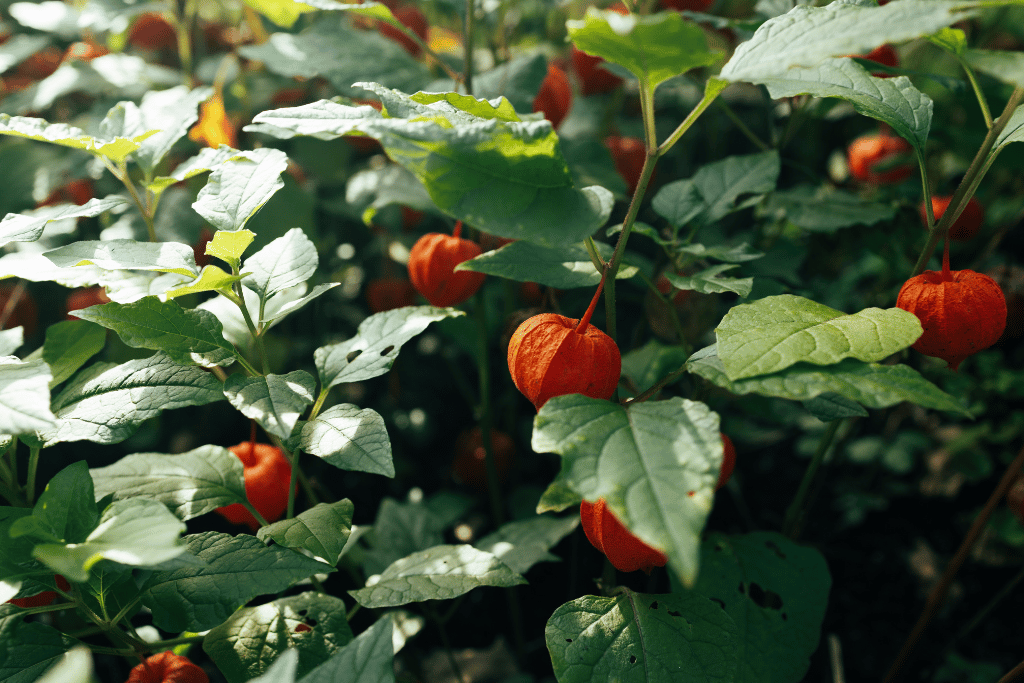
Tomatillo (Physalis philadelphica)
Tomatillos are often confused for tomatoes, and for good reason! This species is in the same family as the common garden tomato (Solanaceae) but is often referred to as the Mexican husk tomato due to the husk or dried skin that grows around the fruit, similar to ground cherries. This fruit can be found in green, red, and orange varieties, and is often used in dishes like salsa verde, chili, stew, guacamole, and enchiladas.
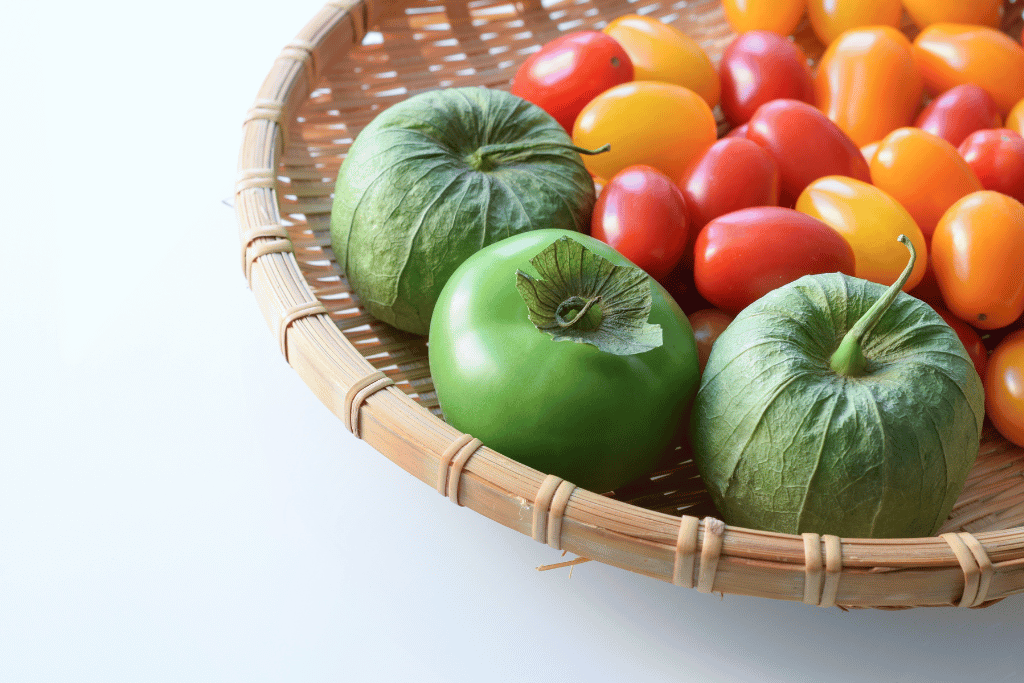
Final Thoughts
While this list provides a detailed overview of common species that look similar to tomatoes, it is by no means exhaustive! The world of plants and their fruit is vast, with thousands of species and varieties not commonly grown agriculturally or used in most cultures. Whether you are looking for a tomato substitute or want to try something brand new, keep an eye out for potential tomato look-alikes at your local market or grocery store, and you never know what you might find!



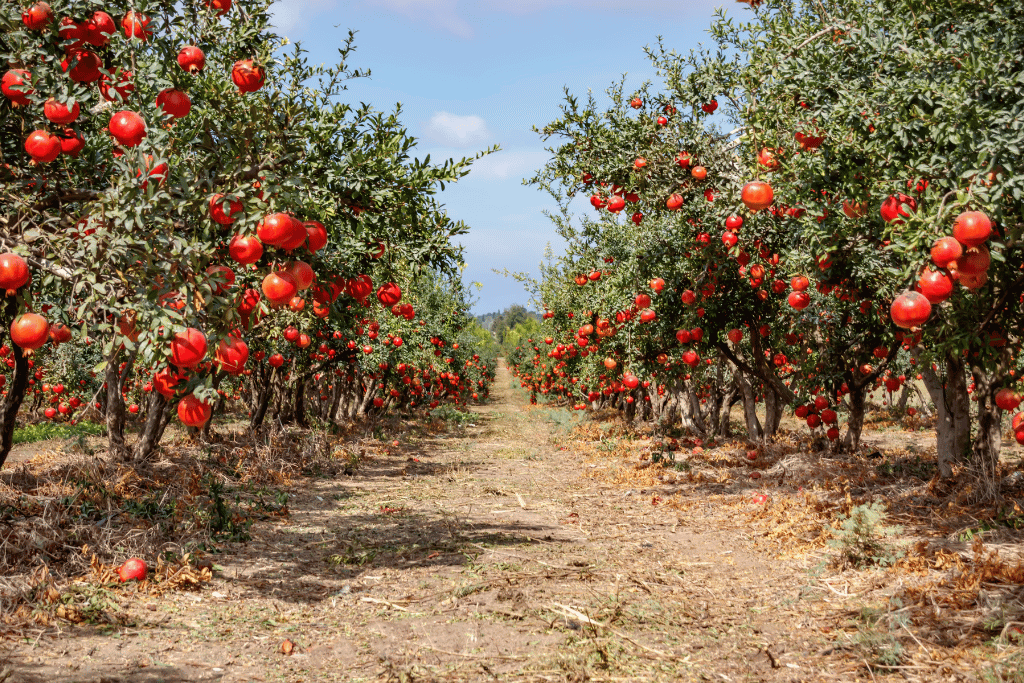
Pingback: Exploring Fruits Similar to Tomatoes - Discover Now!
Pingback: Homepage
Pingback: Thai Massage Manhattan
Pingback: на ypsilon.kz